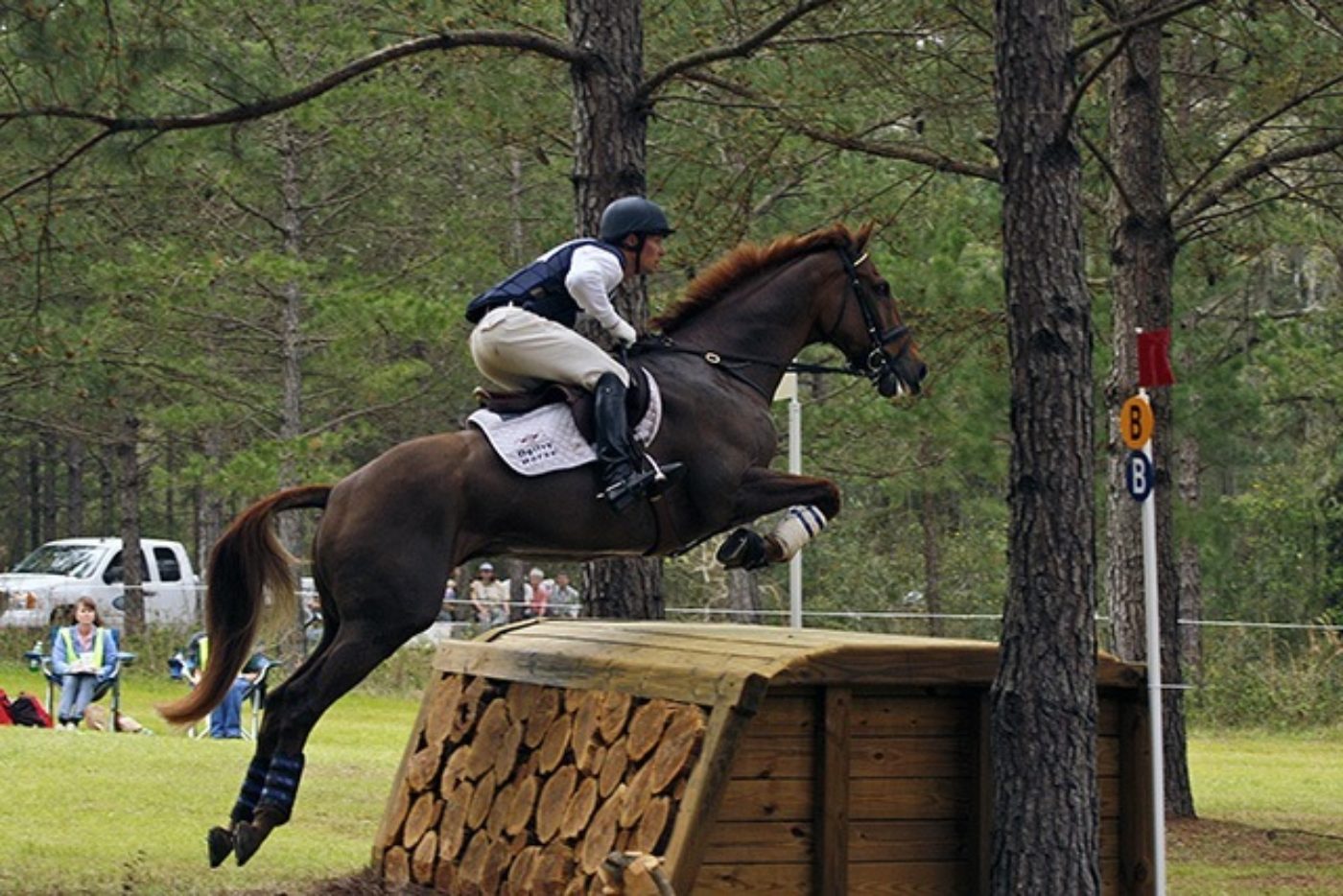This is the first article in a series of columns submitted by the Professional Horseman’s Council – articles will be stored on the “PHC” category on the USEA Blog.
Renew Your USEA Membership for the 2023 Season Today LEARN MORE

This is the first article in a series of columns submitted by the Professional Horseman’s Council – articles will be stored on the “PHC” category on the USEA Blog.
I personally feel we have all missed one huge problem facing our sport. The change from CCI’s with steeplechase to the new ‘without steeplechase’ format. This is not meant to be a debate between these formats. I think that debate is over, whether we like it or not, and the short format has won. There is the perception among many that the new format does not teach us proper horsemanship, and that we are losing our ability to make good decisions and educate our up and coming riders. Why are we missing the boat on this one? Instead of continuing to revive something that is no longer relevant to the rest of the eventing world, we need to be demanding that our upper-level riders start learning from the beginning how to properly ride around the without steeplechase three-day event. This education should not, and cannot, start at the two-star level.
The perception that the ‘without steeplechase’ format is just a glorified horse trial simply is not true. By the time a horse and rider are competing at a two-star, the questions being asked are tough enough. We are being unreasonable as a sport to expect them to also learn a whole new format at this level. The basic education for how to compete in the short format three-day needs to be taught to our riders at the one-star level. Anything else is putting both horse and rider in jeopardy.
I have been fortunate enough to ride in both with and without steeplechase CCI4* events. I agree that there is a lot to be learned from the classic format. I promise you that when I jumped around my first steeplechase at Rolex it was an educational experience for me and my horse. Having said that, does it make me a better horseman that I nearly fell off at the second steeplechase jump? That year when I left the start box I was as nervous as I have ever been and thankfully things went well. I agree that the format helped me make the right decisions. I had the opportunity to talk to my coach, my wife, and my vets. All of these people helped me make the right decisions about my riding that day. We all had each other, and I also had the chance to settle down while on steeplechase.
A few years later I returned to Rolex on a different horse to tackle my first CCI4* without steeplechase. On Saturday morning I left the barn on my horse and went straight out to the warm-up. It was up to me what the best plan for my horse was. Sure people had ideas of what I should do, but in the end it was me—it was my decisions that affected the outcome of my warm-up and the day. From the moment the starter said “Go!” I had to be one hundred percent responsible for my horse’s welfare. There was no four minute steeplechase to gallop around to help settle my nerves. If I had a bad jump at the second fence it was not going to be a forgiving brush fence, but a massive table that I ran into.
Having to learn as we competed at Rolex how to best manage our horses around a CCI4* without the steeplechase was a huge task for every competitor that year. I promise you that I used every ounce of horsemanship I had under my belt to get the job done safely. I also gained a huge amount of respect and understanding of what exactly it was I had asked my horse to do. I am sure I would have benefited from the opportunity to practice this new format at the one-star level first. Much of what I knew about how to ride around a major three-day event was instantly less relevant. I literally had to learn “on the fly.”
My point is not that the short format is tougher or that the long format is more educational. The point is that both take a tremendous amount of skill, dedication, and most of all horsemanship. I feel very strongly that we have been placing unreasonable expectations on our upper level riders expecting them to figure out this new format without giving them any sort of testing ground to learn it at the lower levels. It is imperative to the future of our sport that we use the CCI* level as a training ground for our future four-star riders.
Thank you for taking the time to read and respond to this column. More information on the PHC can be found on the PHC section of the USEA website.
Jonathan Holling is a professional rider with international experience and the Chairman of the USEA’s Professional Horsemen’s Council. He has competed through the four-star level and ridden with top trainers such as Anne Jennings, Peter Gray, Jimmy Wofford, and David O’Connor. He currently trains and coaches out of Willow Run Farm in Ocala, Florida.